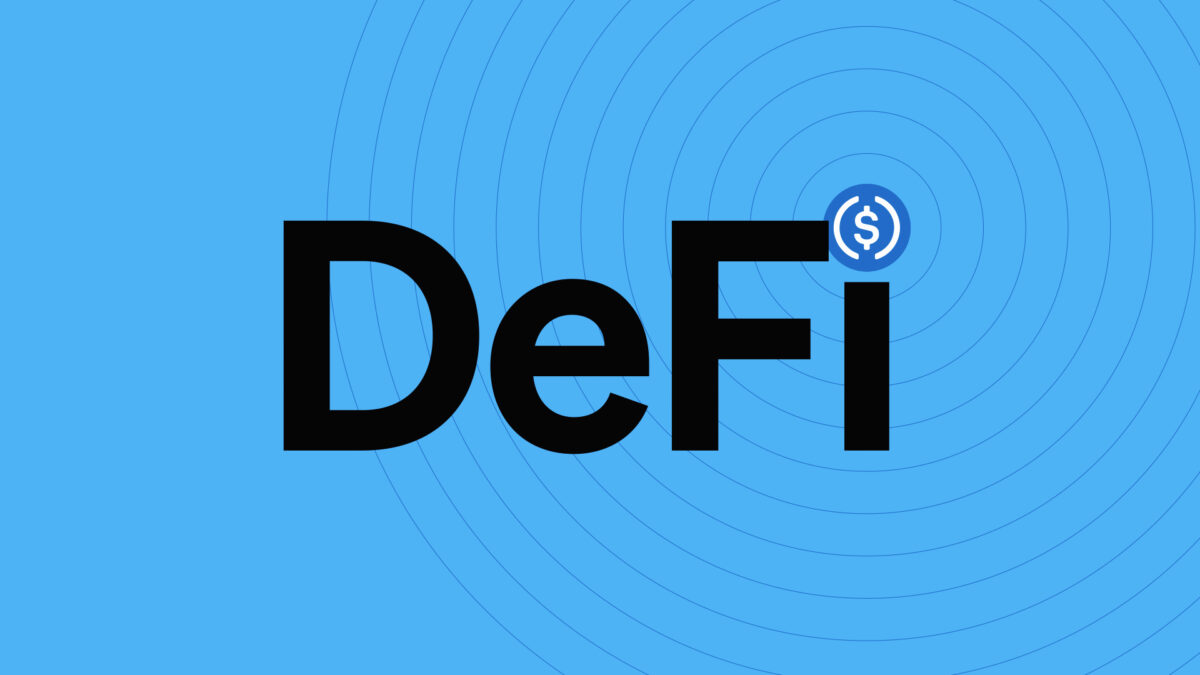DeFi is paying big to accumulate USDC

Circle issues USDC, the world’s second-largest stablecoin, but guarantees only $1 of value to tokenholders without any yield whatsoever.
Nevertheless, operators of so-called decentralized finance (DeFi) protocols are willing to pay curiously high interest rates to anyone who deposits that 0% interest-bearing stablecoin into their platform.
Indeed, a new law enacted by the GENIUS Act expressly forbids any interest payments by Circle to USDC holders. Instead, holders venture elsewhere — far away from the safety of Circle’s New York City headquarters — to earn annual percentage returns (APRs) of 59% or beyond.
Before understanding the mechanics of these outlandish payouts, however, a newcomer to yield farming must understand the value of USDC beyond its intrinsic $1 peg.
DeFi insiders understand that Circle and its larger competitor Tether are in many ways the rulers of blockchains themselves.
When Ethereum was considering a hard fork before its merge to proof-of-stake (PoS), stablecoin issuers were widely understood to control the deciding vote on which fork would retain Ethereum DeFi activity and probably the ETH ticker symbol itself.
DeFi needs stablecoins because they rule the blockchains
Unlike a blockchain like Ethereum which can fork off Ethereum Classic and retain the value of both ETH and ETC, stablecoins cannot fork.
There is only $1 worth of US Treasuries backing 1 USDC, and those Treasuries do not magically duplicate if a blockchain decides to fork.
Stated plainly, stablecoins are the kingmakers of blockchains because they are by far the most popular crypto assets by on-chain activity.
Indeed, more stablecoin transactions occur daily than in the next 20 largest crypto assets combined.
Tether and Circle publish the specific blockchains they support for native issuance, and earning support for any additional blockchain is as enviable as it is difficult.
Read more: Circle grows faster than Tether this year
Wherever the stablecoins are, that’s where most crypto users are. Whichever blockchains the stablecoins choose to support with native issuance and redemption, those blockchains lead.
Tether and Circle both publicly committed to supporting Ethereum’s PoS chain ahead of its Merge event, which effectively cemented PoS ETH as the “real” Ethereum.
Residual proof of work (PoW) forks, such as ETHPoW, quickly shriveled without meaningful stablecoin liquidity.
Bank-busting interest rates with extreme risks
Because almost all DeFi protocols are so dependent on USDT and USDC for liquidity, collateral, and trading activity, operators are willing to pay exorbitant interest rates to amass these stablecoins.
Horn-locked in competition with one another to climb leaderboards like DeFiLlama, platforms advertise yields that dwarf any rates available from traditional finance — and carry incalculable risks of total loss.
DeFi yield farmers can lock up USDC within InfiniFi, for example, and earn up to 59% APR by looping InfiniFi’s stablecoin in Morpho finance.
Of course, that assumes everything goes perfectly, rates remain stable for a year, and operators of dozens of protocols with self-aware names including a portmanteau of infinity + finance somehow stay solvent and honest throughout the term.
DeFi insiders also regularly run incentive programs to attract stablecoins to new initiatives. Protos covered incentives from London-based Re7 Capital, a hedge fund backed by VMS Group which incentivizes Donald Trump’s World Liberty Financial’s stablecoin, USD1, on the Binance-created BNB Chain.
Introductory APRs reached unsustainable heights of 99% APR as Binance, Re7, World Liberty, and other protocols incentivized USD1 adoption and the acquisition of stablecoin liquidity.
Got a tip? Send us an email securely via Protos Leaks. For more informed news, follow us on X, Bluesky, and Google News, or subscribe to our YouTube channel.
